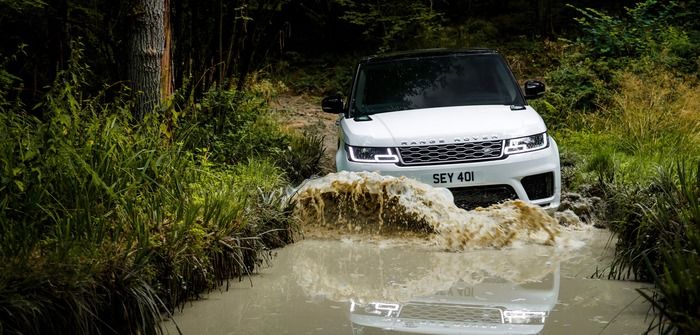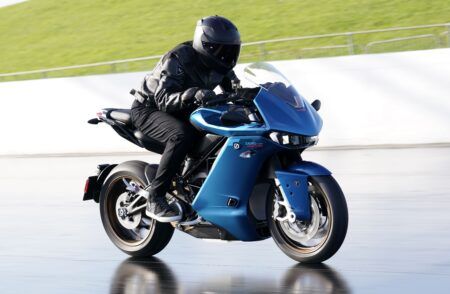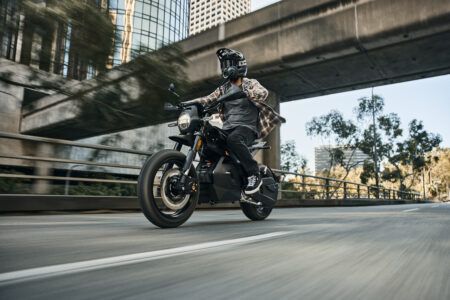Back in 2016, E&H Vehicle ran a Jaguar Land Rover exclusive, in which then head of engineering Dr Wolfgang Ziebart explained that one of the greatest technical challenges the British car maker faced was to substantially reduce emissions. “In 2007, our car fleet had an average of 242g of CO2 [per km],” he said. “But by 2020 that needs to go down to 132g. [As of January 2015] we’re at 180g, so there’s still a way to go for us to achieve the remaining target.”
Since then, JLR has been busy delivering on those green ambitions, helped firstly with its four-cylinder Ingenium architecture and soon an all-electric powertrain that will debut in the Jaguar I-Pace and then make its way across sedan, crossover and SUV applications in all three brands.
But the all-important bridge between frugal IC engines and zero local emissions BEV powertrains – hybrid technology – has remained notably absent from the JLR line-up. Okay, there were the Range Rover conventional diesel-hybrids of 2015 (which didn’t exactly make a big impact, either in terms of emissions reduction or sales), but the vital missing link on an international level has been gasoline plug-in hybrids. Until now.
Revealed to the world at the beginning of October 2017, and only a few weeks after a global headline-grabbing announcement that stated that from 2020 all new Jaguar and Land Rover vehicles will have the option of some form of electrification, the Range Rover Sport is the first JLR product to get gasoline PHEV tech.
And if you’re a large, 2,000kg-plus SUV, it would seem the wait was worth it, at least when looking at the headline numbers: combined NEDC CO2 emissions of 64g/km; fuel economy of 101mpg (2.8 l/100km); an electric range of 31 miles (51km); and heady power outputs of 409ps and, perhaps more impressive, 640Nm torque.
Badged P400e, the Sport PHEV combines the aforementioned 2.0 Ingenium four-cylinder, in this guise developing 304ps, with an 85kW e-motor. That combined power – available from the permanent four-wheel-drive system – translates to a real-world 0-97km/h (0-60mph) sprint time of 6.3 seconds and a maximum speed of 220.5km/h (137mph).
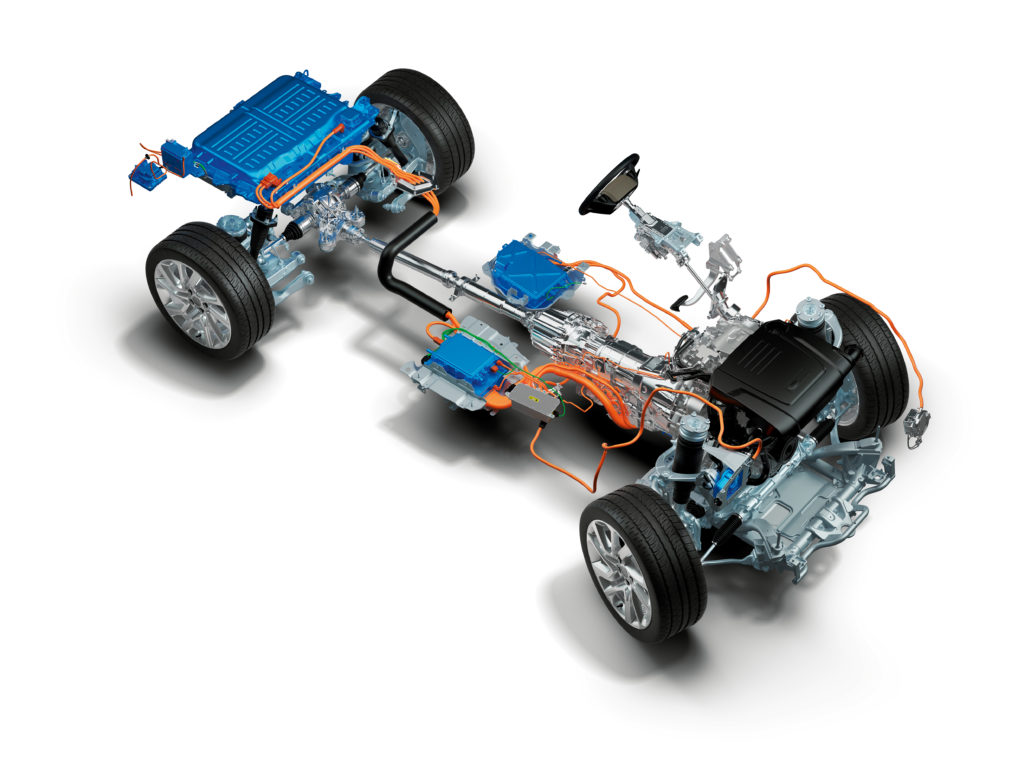
Taking charge
But the real point to the creation of the P400e is, of course, efficiency and emissions. From behind the wheel, drivers have been given the option of selecting from two driving modes. The first – parallel hybrid – combines gasoline and electric drive, allowing the driver to optimize battery charge or fuel economy by making use of one of two charge management functions. The first, the Save function, essentially prevents the battery charge from dropping below the level that has been selected; the second – predictive energy optimization (or PEO, as JLR engineers have termed it) – sees the driver enter a destination in the satnav, and the system then uses GPS altitude data to optimize the switch between e-motor and gasoline engine, thus maximizing economy over gradients along the route.
The second driving setting, called EV mode, enables the Sport to run solely on the electric motor using the energy stored in the battery.
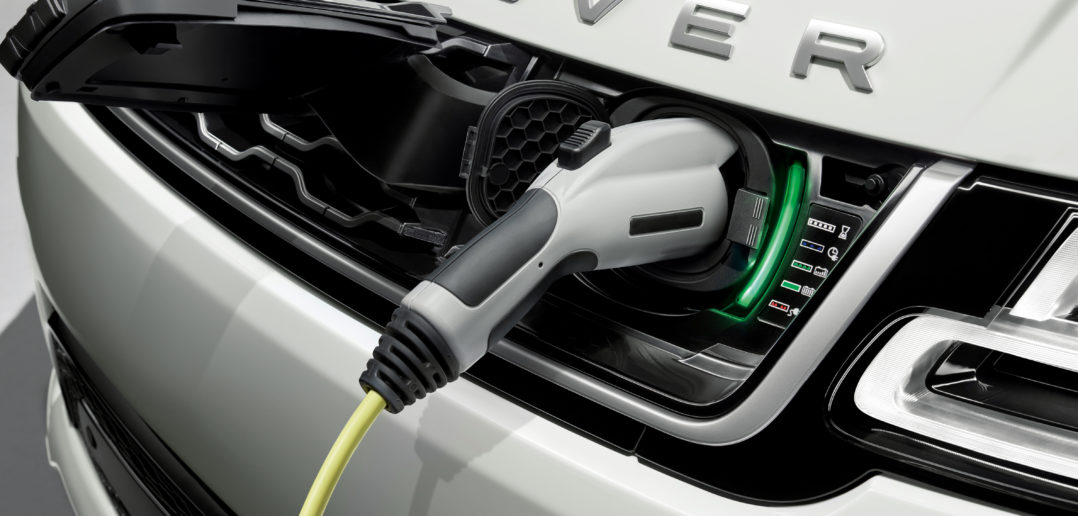
The 13.1kWh prism-shaped Li-ion battery pack is mounted at the rear of the Range Rover, beneath the trunk floor. Meanwhile, the IC engine is longitudinally mounted, with the electric motor housed on the transmission at the center of the vehicle along with the 7kW onboard charger. Such an arrangement, says JLR, allows for an ideal weight distribution. The access point for the cable is at the front of the vehicle, hidden behind the Land Rover badge on the right of the grille.
For Nick Collins, vehicle line director, the importance of PHEV tech for JLR can’t be understated: “The new Range Rover Sport strikes a compelling balance between dynamic capability, passenger comfort and efficiency. The introduction of our advanced plug-in hybrid powertrain is a watershed moment in the history of our performance SUV.”


